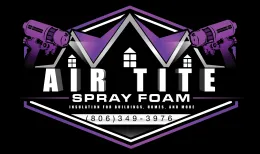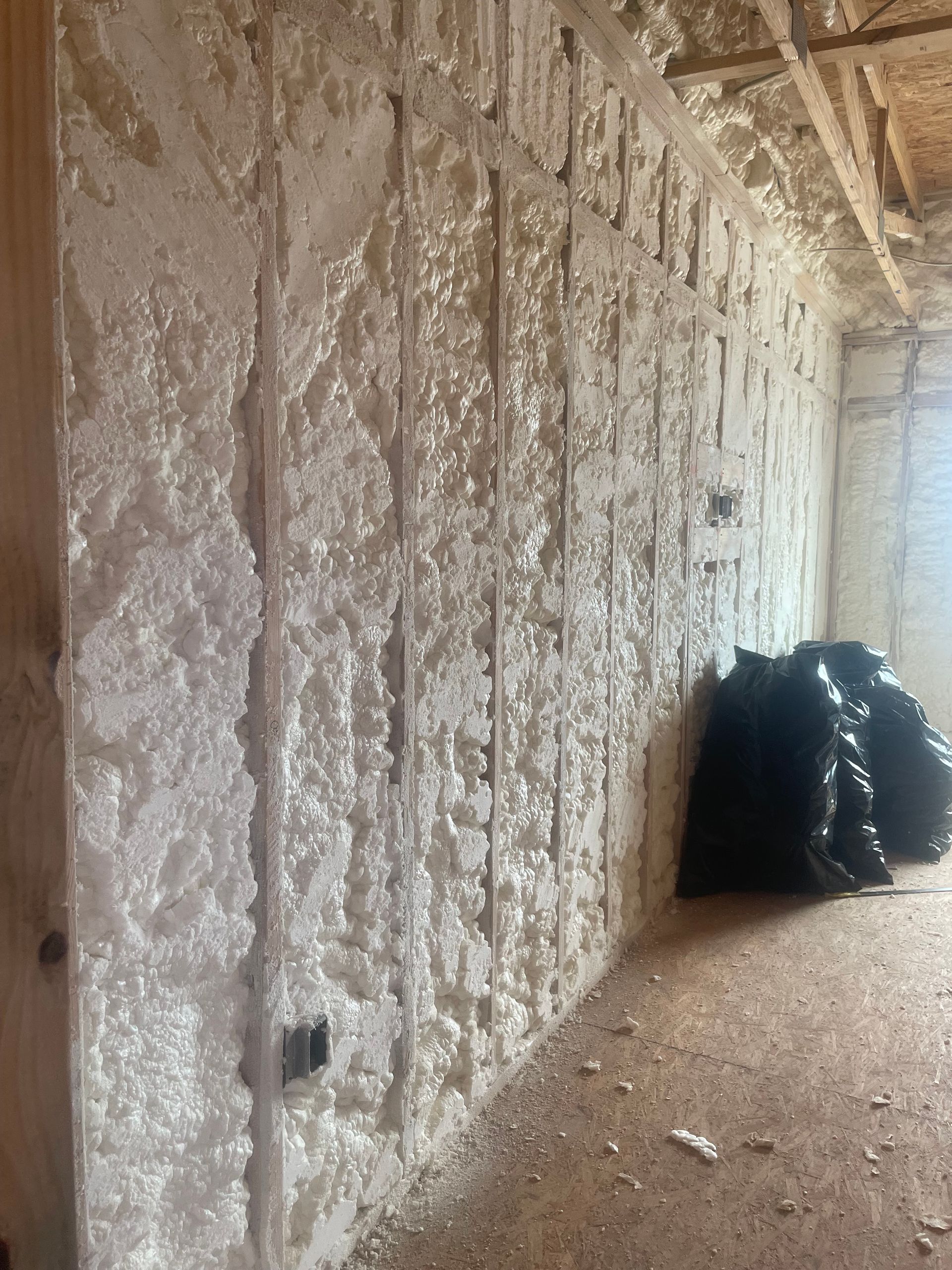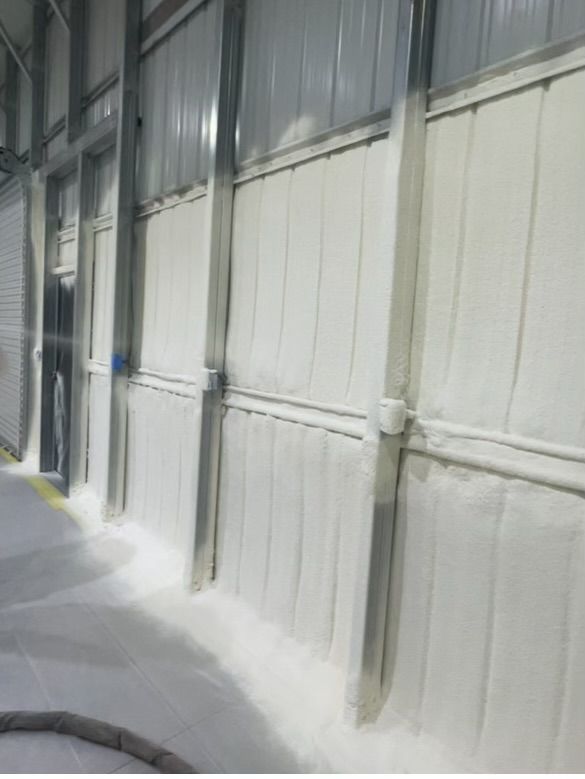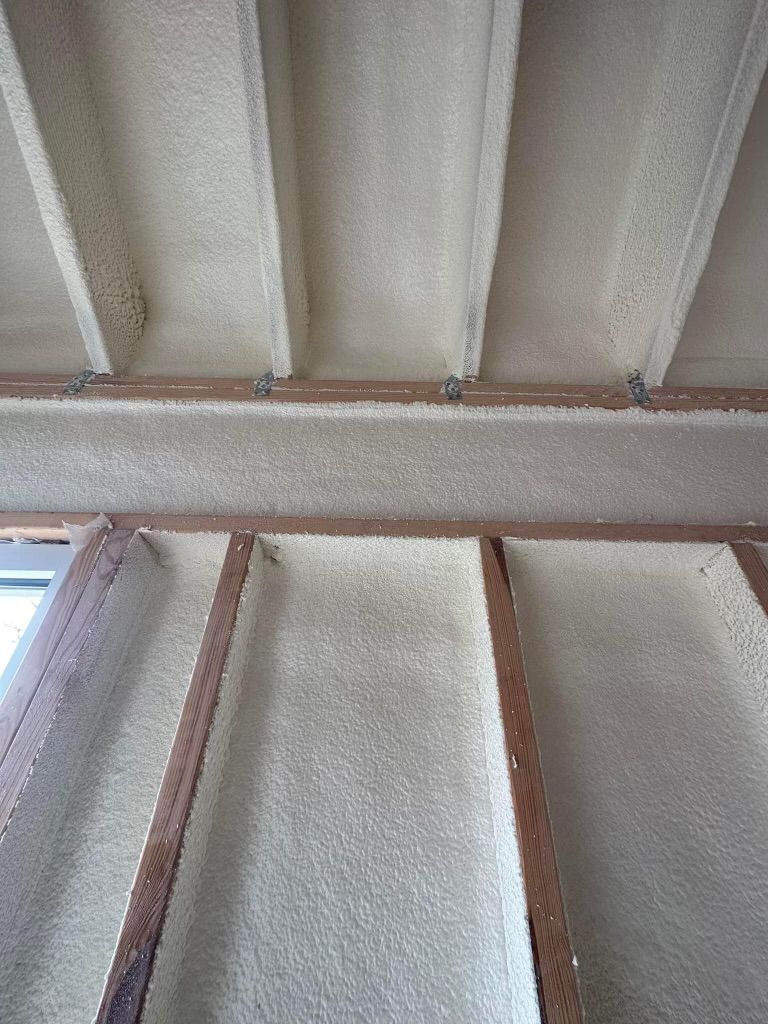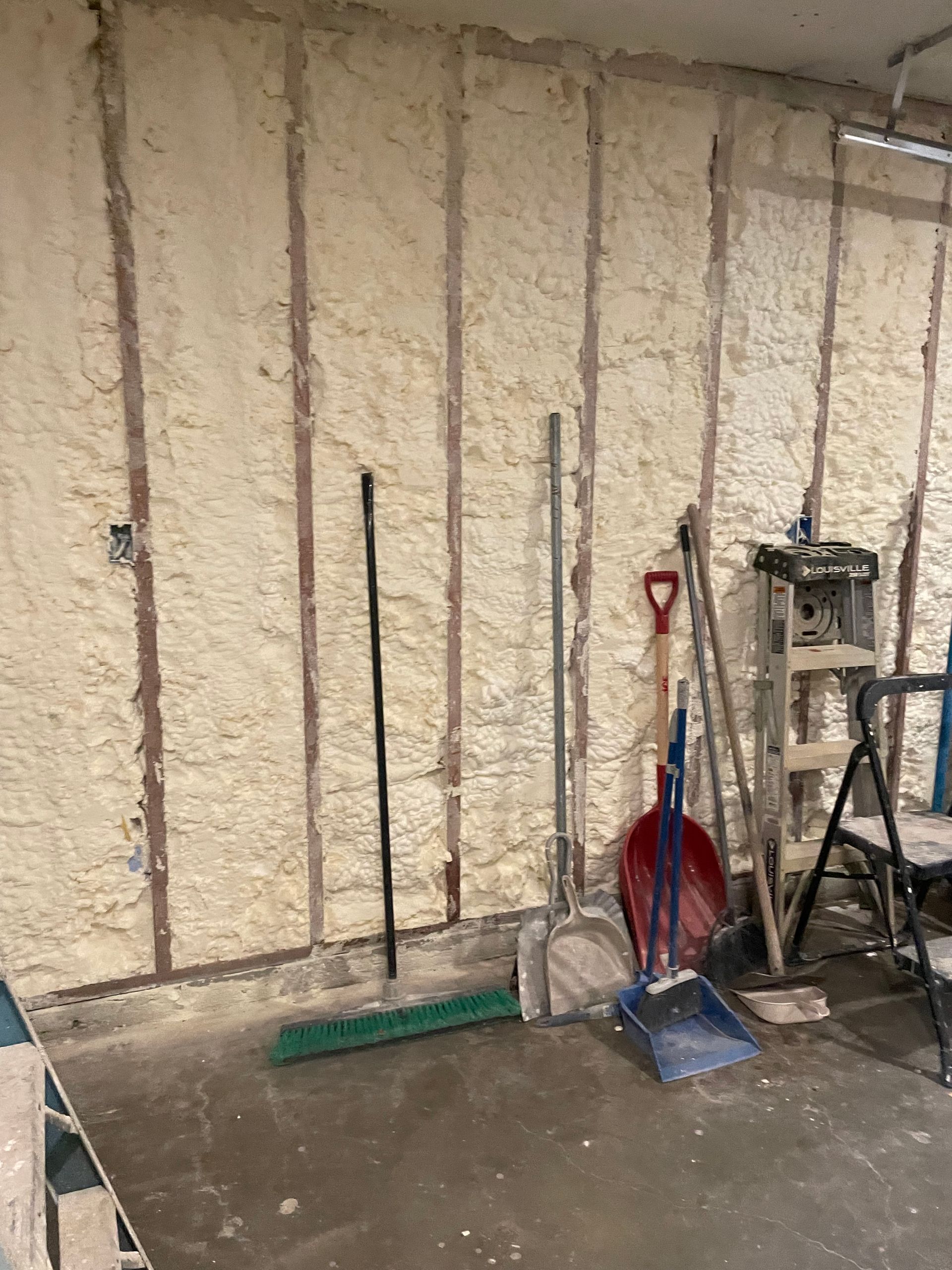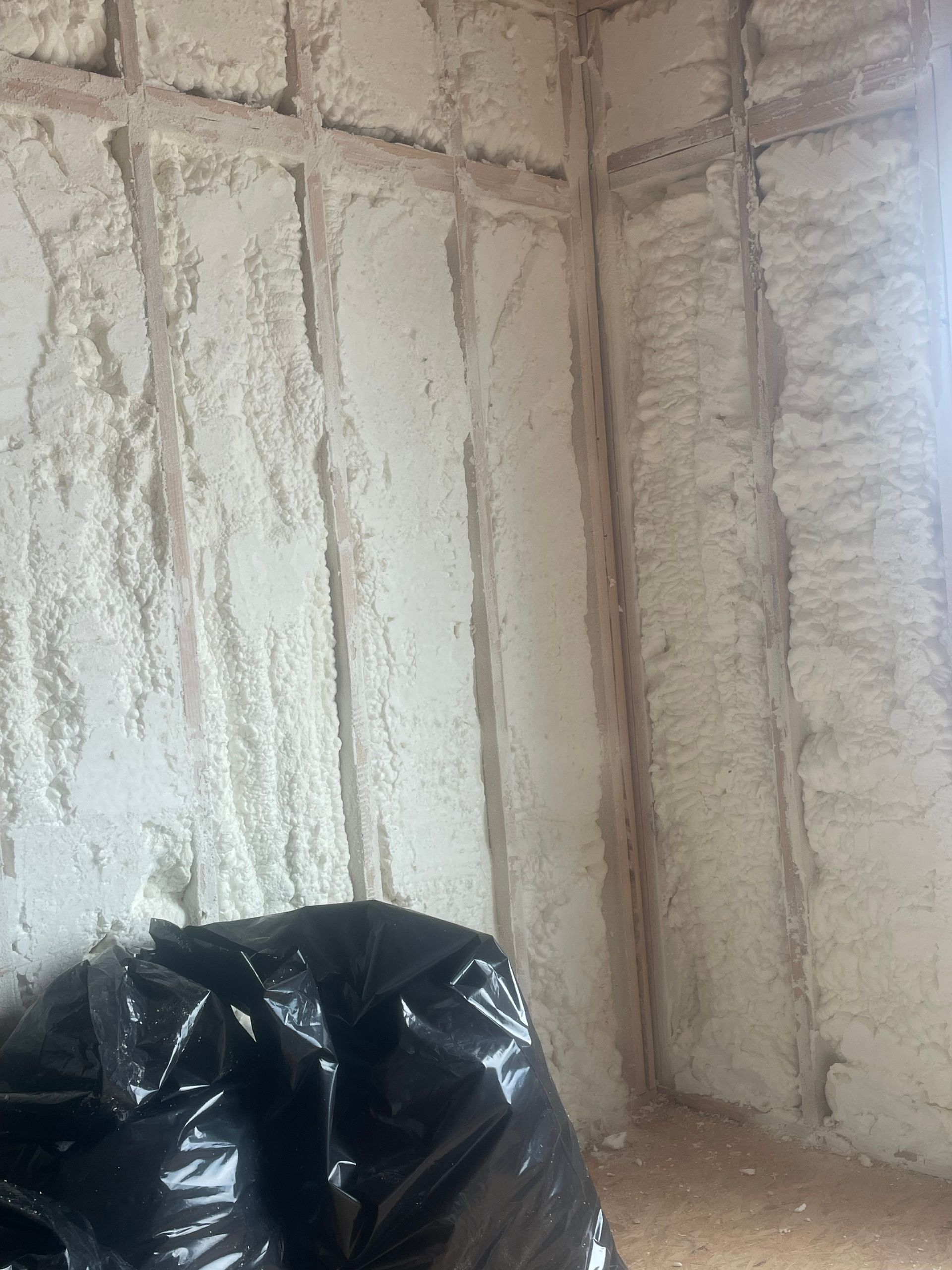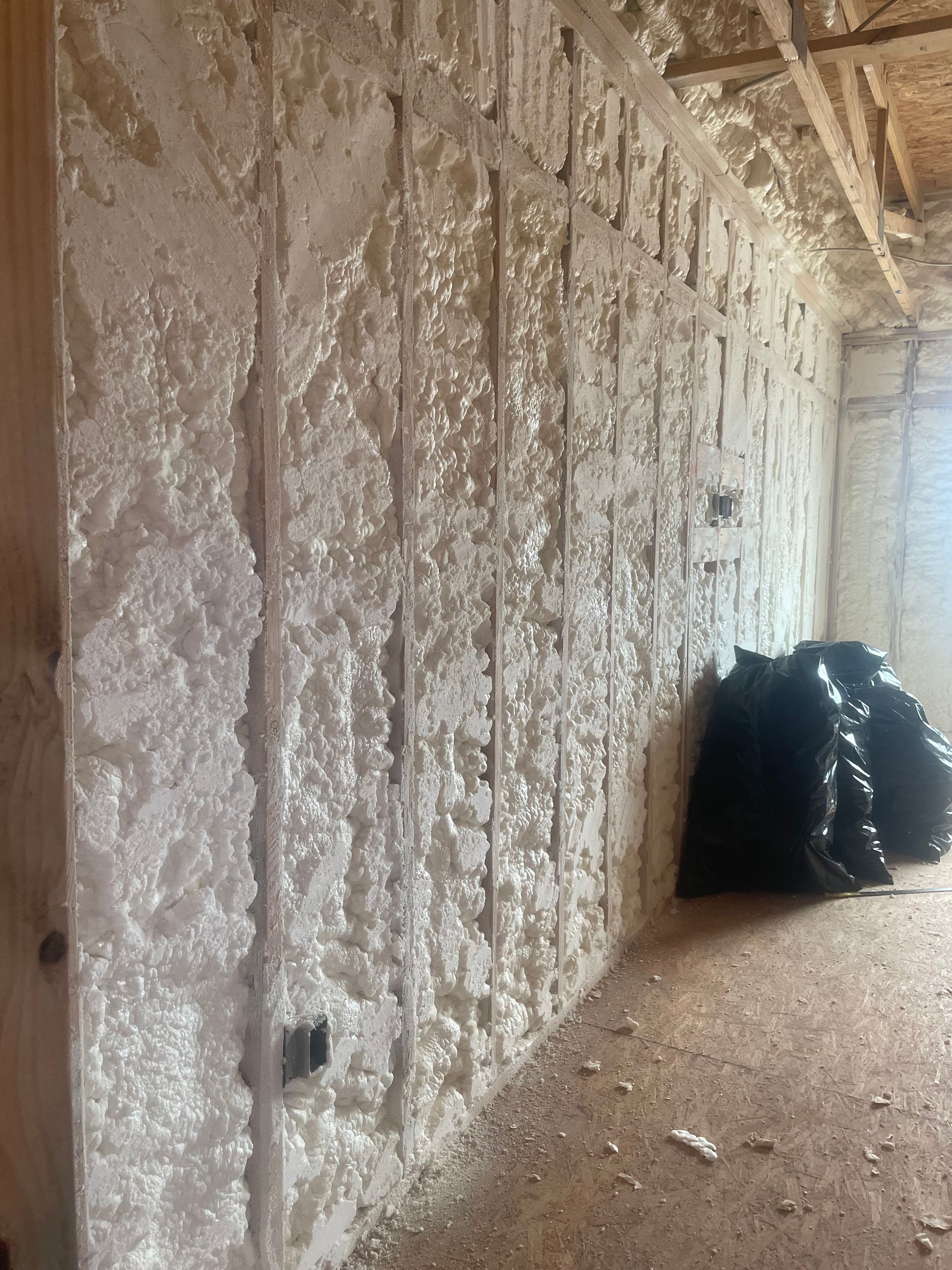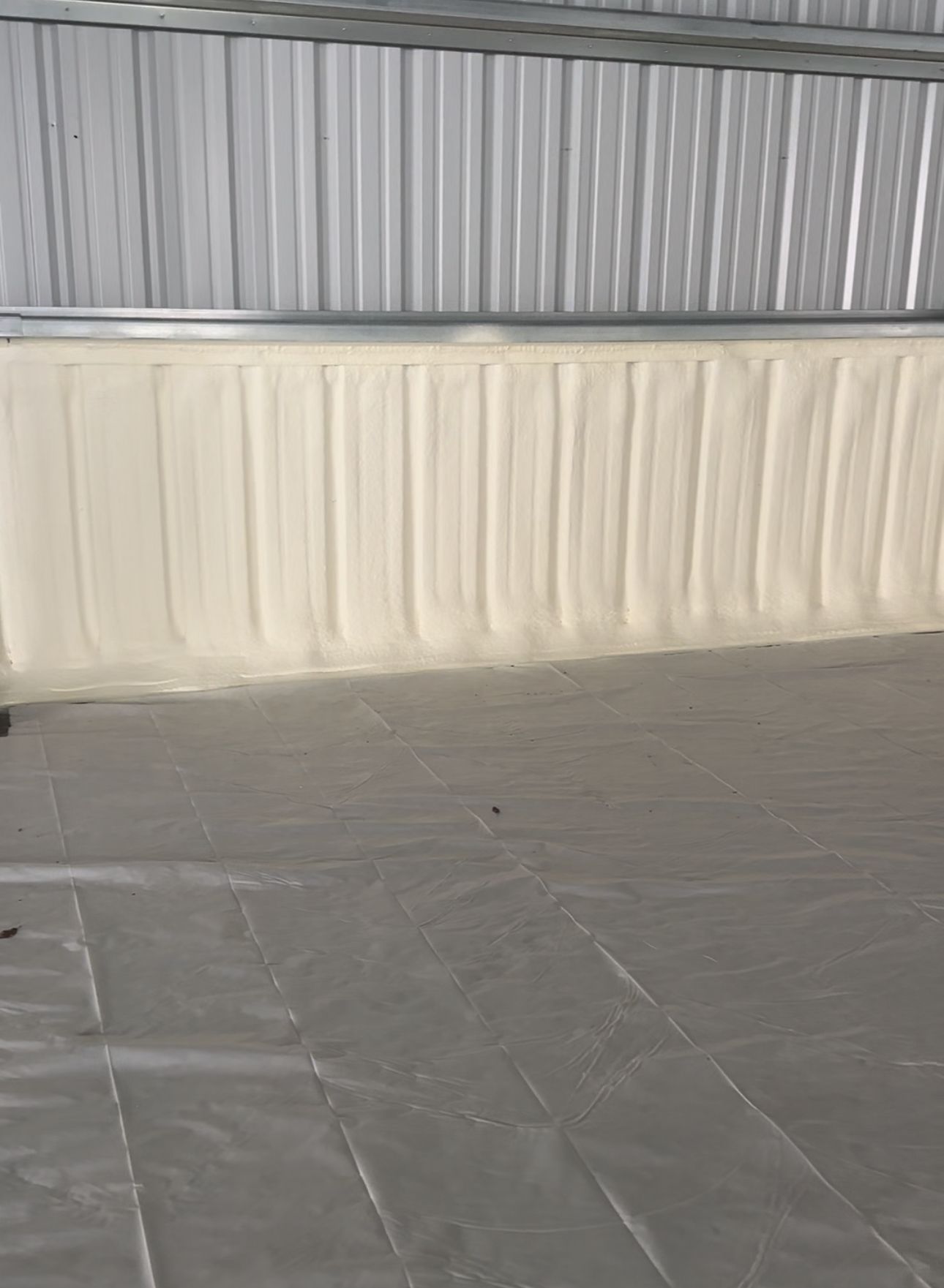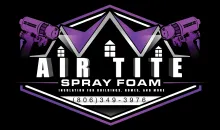About Us.
At Air Tite Spray Foam, we prioritize family, honesty, transparency, and quality. We are committed to offering our clients equitable and competitive pricing while enlightening them on the advantages of effective insulation. Our aim is to guarantee that your property remains comfortable and energy-efficient—a place to share with loved ones for years to come.
Our Work
This is a paragraph. Writing in paragraphs lets visitors find what they are looking for quickly and easily.
This is a paragraph. Writing in paragraphs lets visitors find what they are looking for quickly and easily.
This is a paragraph. Writing in paragraphs lets visitors find what they are looking for quickly and easily.
This is a paragraph. Writing in paragraphs lets visitors find what they are looking for quickly and easily.
This is a paragraph. Writing in paragraphs lets visitors find what they are looking for quickly and easily.
Name Lastname
Title
Name Lastname
Title
Name Lastname
Title

#SPRAYFOAM
Write your caption hereButton
#INSULATION
Write your caption hereButton
#LOCALLYOWNED
Write your caption hereButton
Proudly Serving Amarillo TX, Canyon TX, Lubbock TX, Red River NM, Taos NM, Clayton NM, and the Entire Texas Panhandle and New Mexico!
FAQ
-
What is the difference between closed cell and open cell insulation?
The two primary types of spray foam insulation are identified as closed-cell and open-cell spray foam insulation. Before incorporating spray foam insulation into a residence or structure, many individuals often inquire about the distinguishing characteristics of these materials.
Closed-cell spray foam insulation comprises fully encapsulated cells tightly compressed together. Conversely, open-cell spray foam denotes foam with cells that are not entirely sealed. A significant contrast between the two insulation types lies in their R-value.
Closed-cell insulation typically boasts an R-value of approximately 6.5 to 7 per inch, while open-cell insulation generally offers an R-value of around 3.8 per inch. Additionally, these materials differ in their physical attributes. Closed-cell spray foam is compact and inflexible, effectively preventing the infiltration of air and moisture and enhancing structural integrity and impact resistance in buildings.
In contrast, open-cell spray foam exhibits a pliable, lightweight nature that facilitates easier installation and renders it suitable for inaccessible areas.
-
What is the R-Value of Spray Foam Insulation?
One of the most common questions asked about spray foam insulation revolves around its R-value, which signifies its ability to resist heat transfer.
Essentially, the R-value serves as a measure of how efficiently a material can insulate a space. It comes as no surprise that many individuals consider this factor crucial when deciding on the suitability of spray foam insulation for their residential or commercial property. It's reassuring to note that spray foam insulation boasts one of the highest R-values among insulation materials available.
Closed-cell spray foam insulation typically offers an R-value of 6.5 to 7 per inch, while open-cell spray foam insulation yields an R-value of around 3.8 per inch. For comparison, blown-in fiberglass insulation typically has an R-value ranging from 2.2 to 2.7 per inch.
-
How long does spray foam insulation last?
Numerous homeowners are hesitant to invest in insulation that demands extensive upkeep or frequent replacement. Consequently, a prevalent inquiry regarding spray foam insulation concerns its durability.
Fortunately, homeowners will be delighted to learn that properly installed spray foam insulation typically endures for the entire lifespan of their homes. Once set, spray foam retains its form indefinitely and does not diminish in R-value over time, unlike many other insulation materials. Consequently, homeowners can rest assured that they won't need to maintain or replace their insulation following the installation of spray foam in their homes.
-
What are the benefits of spray foam insulation?
When selecting among various insulation materials, many individuals seek to understand the unique advantages offered by spray foam insulation. Some key benefits of this highly effective insulation material include:
- Energy Cost Reduction: The superior R-value of spray foam insulation helps regulate indoor temperatures by minimizing heat transfer. Consequently, heating and cooling systems require less energy, resulting in decreased monthly utility bills.
- Moisture Resistance: Unlike most insulation types, closed-cell spray foam does not absorb water. Hence, homeowners do not have to worry about replacing their insulation in case of leaks or flooding.
- Enhanced Air Quality: By creating a tight seal, spray foam insulation blocks outdoor allergens like dust, pollen, mold, and mildew from entering the indoor environment, thereby enhancing air quality within homes or buildings.
- Longevity: As mentioned earlier, spray foam insulation is known for its durability, maintaining its shape and R-value over the entire lifespan of a house.
Benefits of Spray Foam Insulation
- Lower Your Heating & Cooling Bills
- Qualify for up to $1200 in Tax Credits
- Reduce Chances of Freezing Pipes
- Enjoy Greater Comfort
- Create A Healthier Indoor Air Environment
- Strengthen Your Home
- Excellent Soundproofing Qualities
- Reduce Your Carbon Footprint
- Environmentally Friendly
- Reduce Damage From Wind-Driven Rain
- Eliminate Cold or Hot Rooms
- Eliminate Wood Floor Cupping
- Gain Valuable Storage Space
- Reduce Dust, Pollen, & Airborne Pollutants
- Eliminate Pest & Insect Intrusion
- Lower Your Insurance Costs
- Raise Your Home Appraisal Value
Spray Foam Types Explained:
Open Cell Insulation
Open Cell Foam: Setting itself apart from traditional insulations such as fiberglass batts or blown cellulose, Texas Insulation's Open Cell Foam forms an airtight seal, effectively trapping conditioned air inside while keeping dust and pollen at bay. Along with its exceptional insulating properties, Open Cell Spray Foam stands out as a premier soundproofing solution, ideal for spaces like home theaters, kitchens, and intermediate floors.
Spray Foam Types Explained:
Closed Cell Insulation
Closed Cell Foam: Upon curing, Texas Insulation's Closed Cell Foam transforms into a remarkably dense and rigid state, providing the added advantage of fortifying structures or roofs up to threefold. This makes it particularly sought-after in hurricane-prone and storm-battered regions. Beyond the energy-efficient qualities shared with Open Cell Foam, Closed Cell Foam serves as a reliable moisture barrier, making it the perfect selection for crawlspaces and basements.

